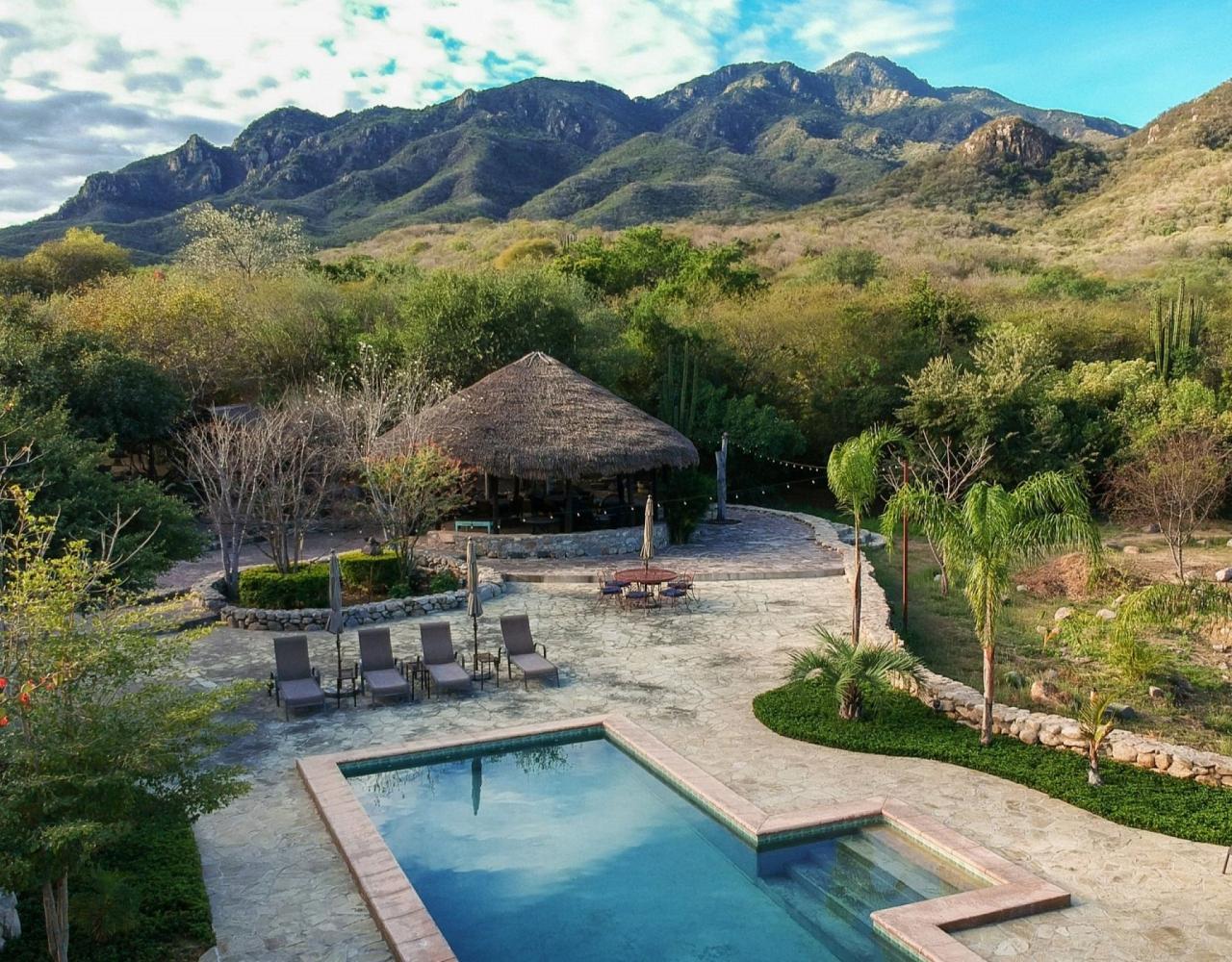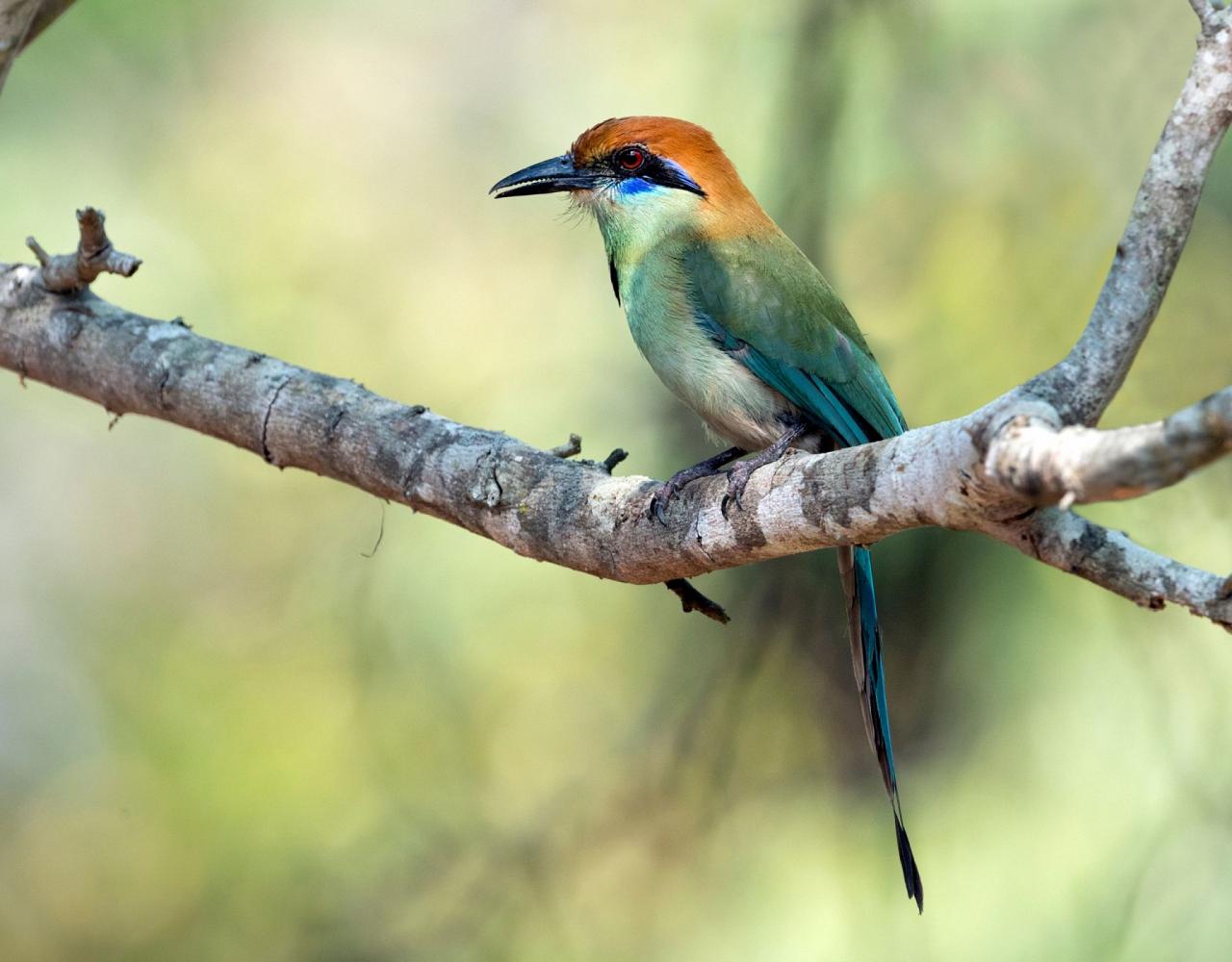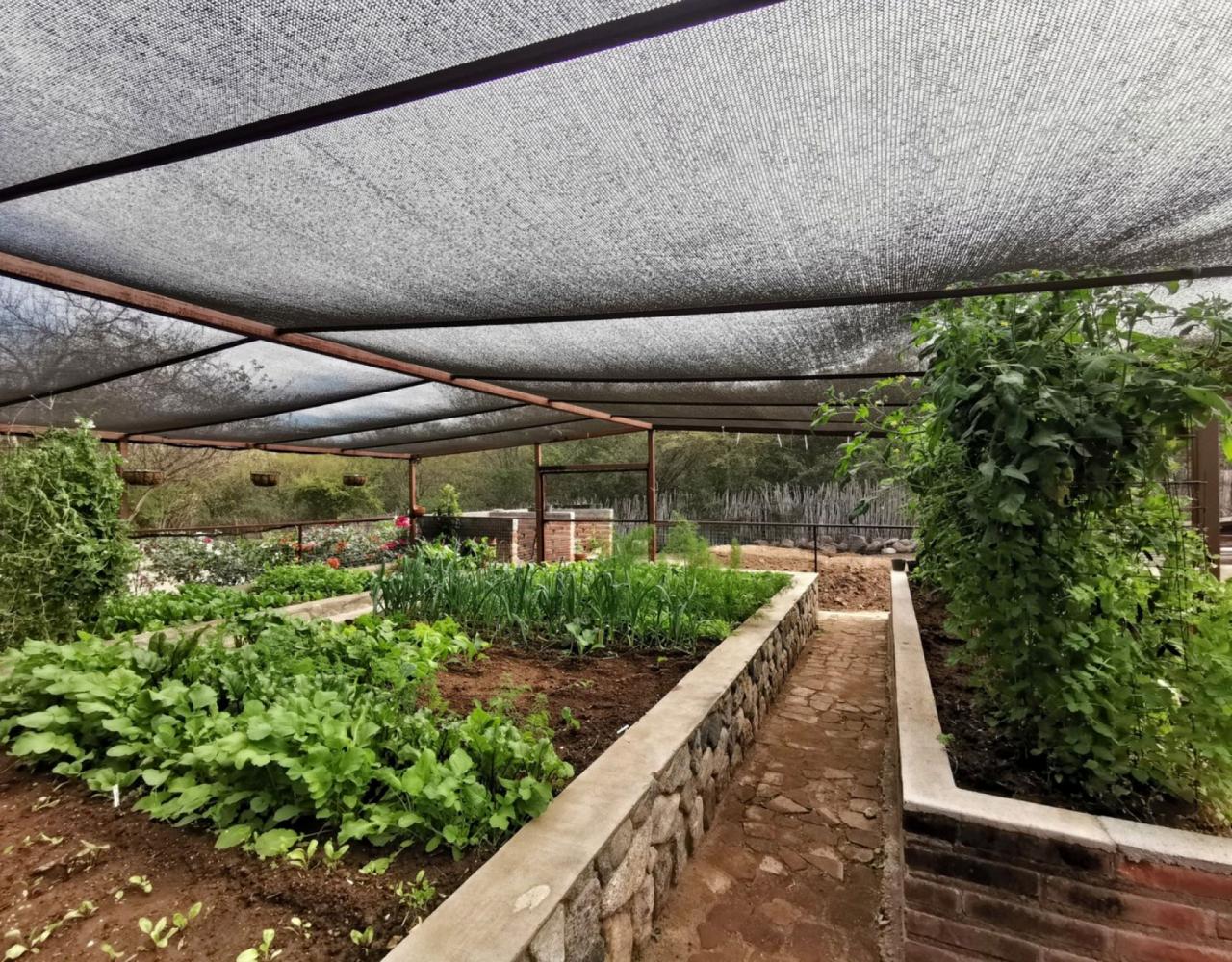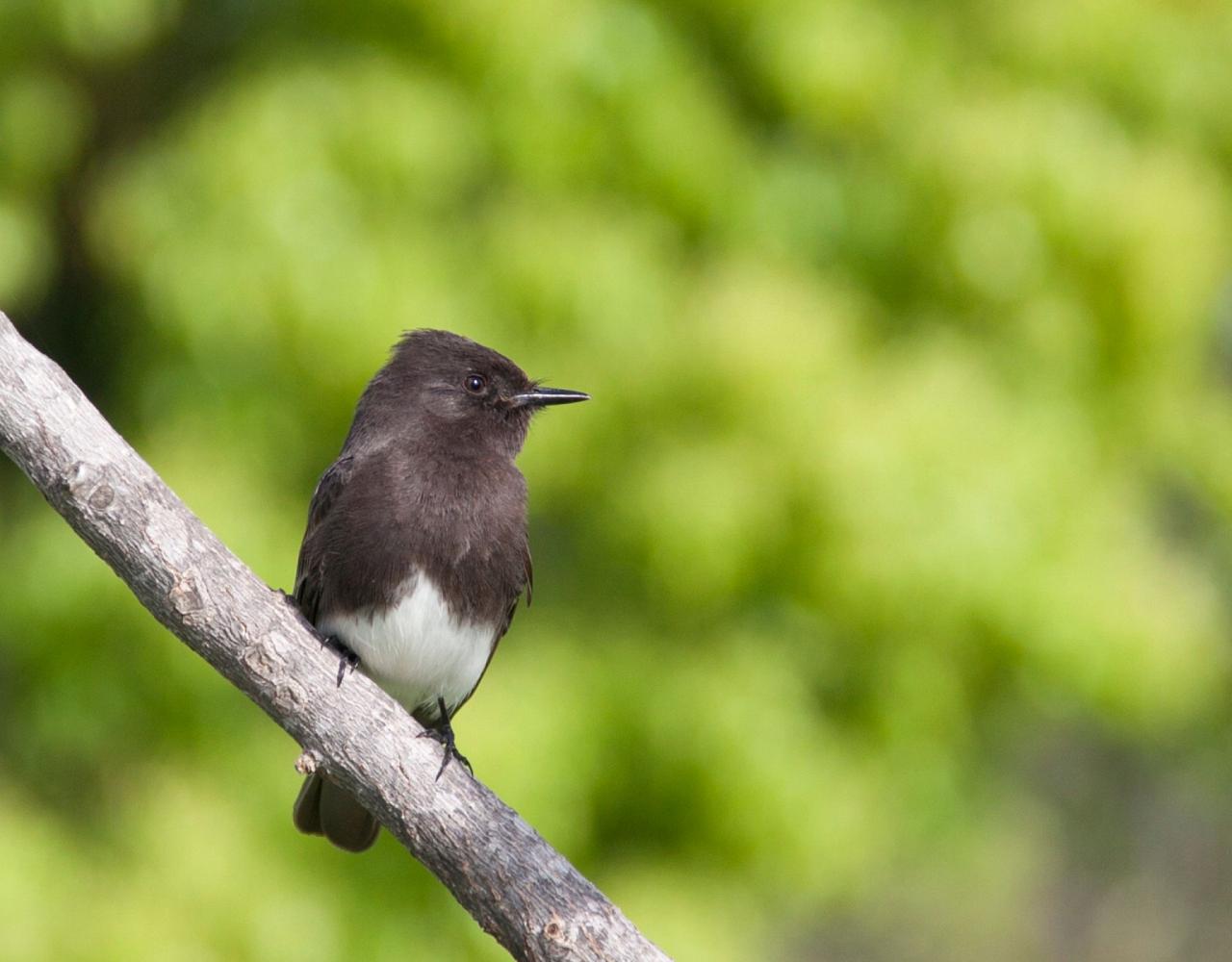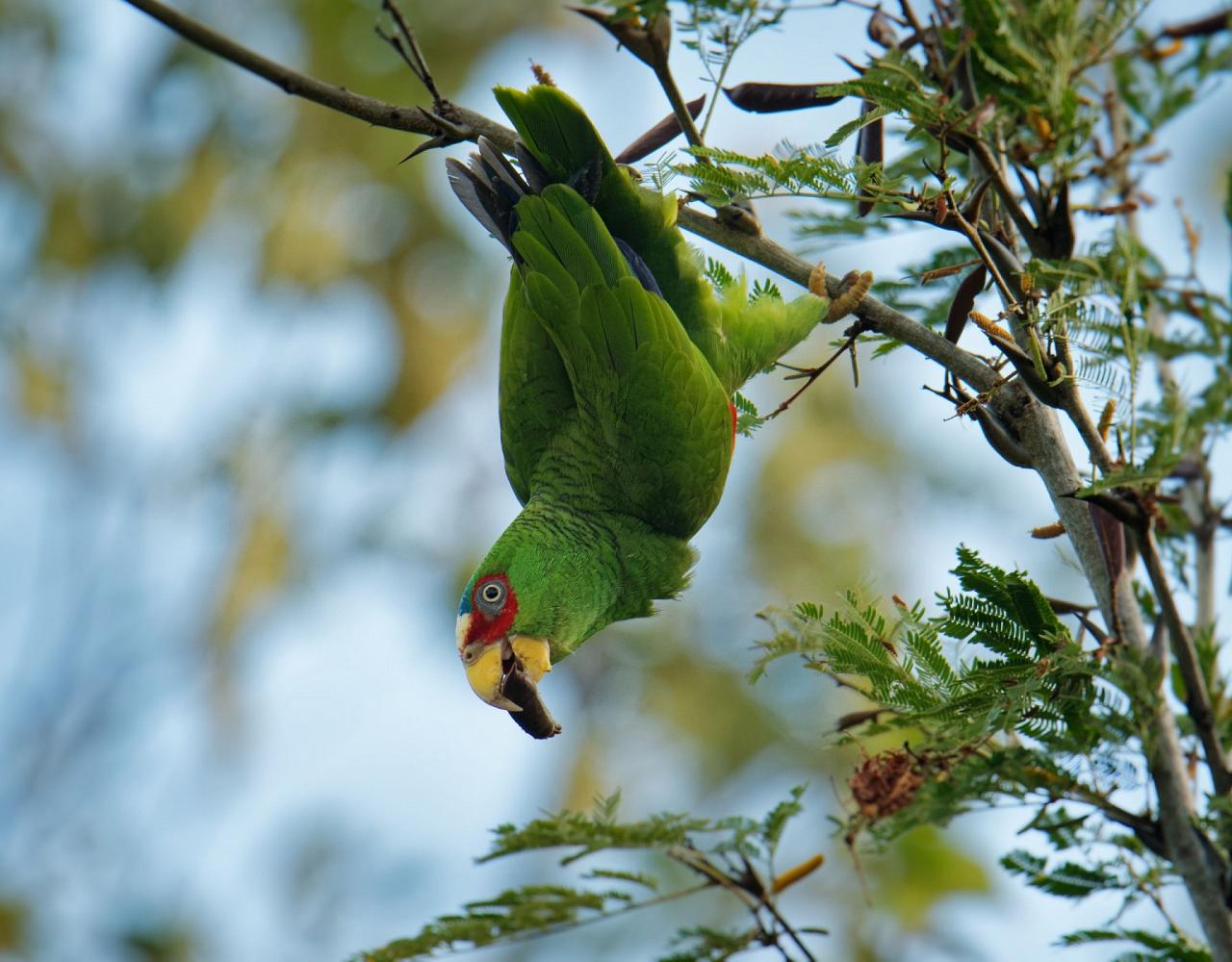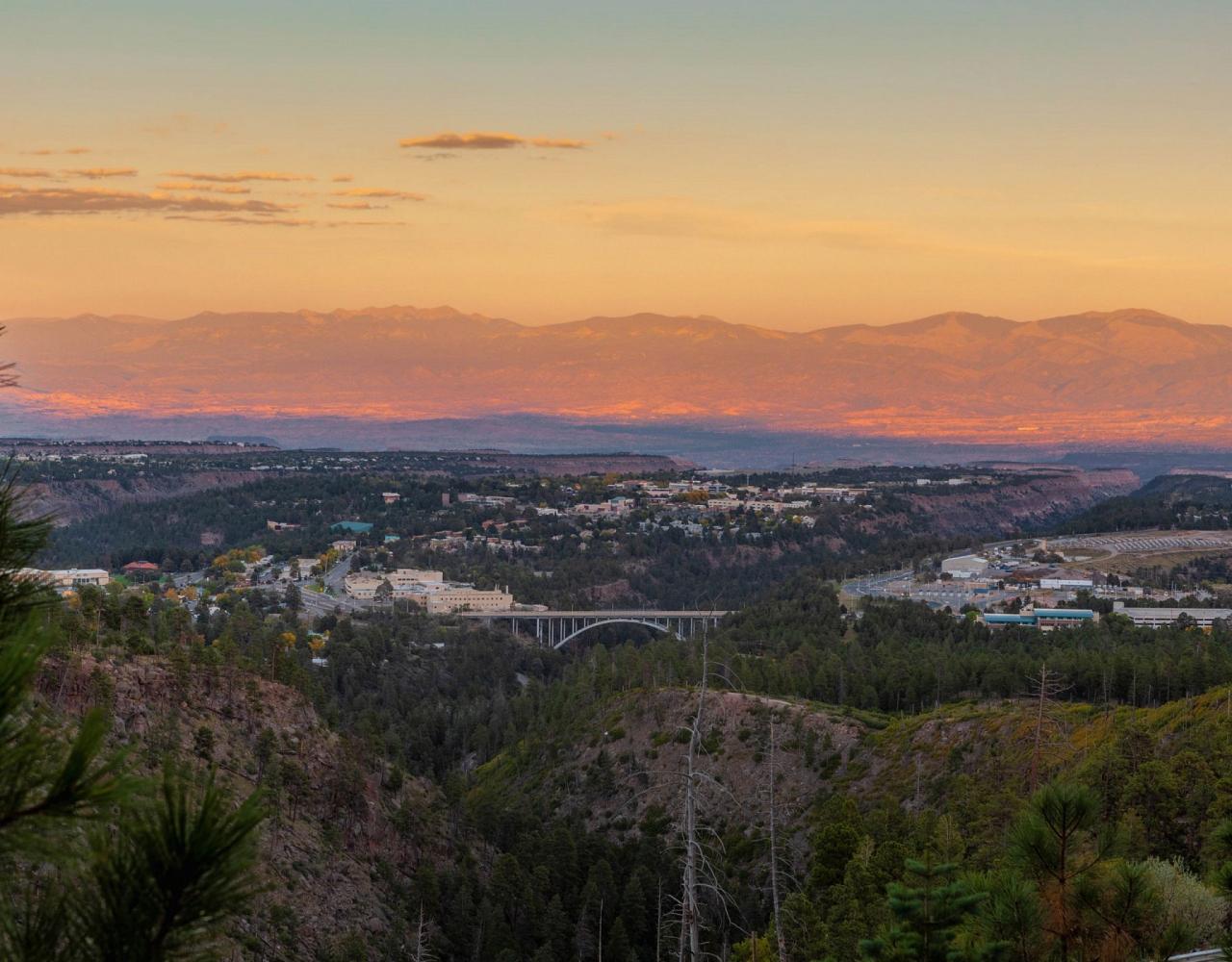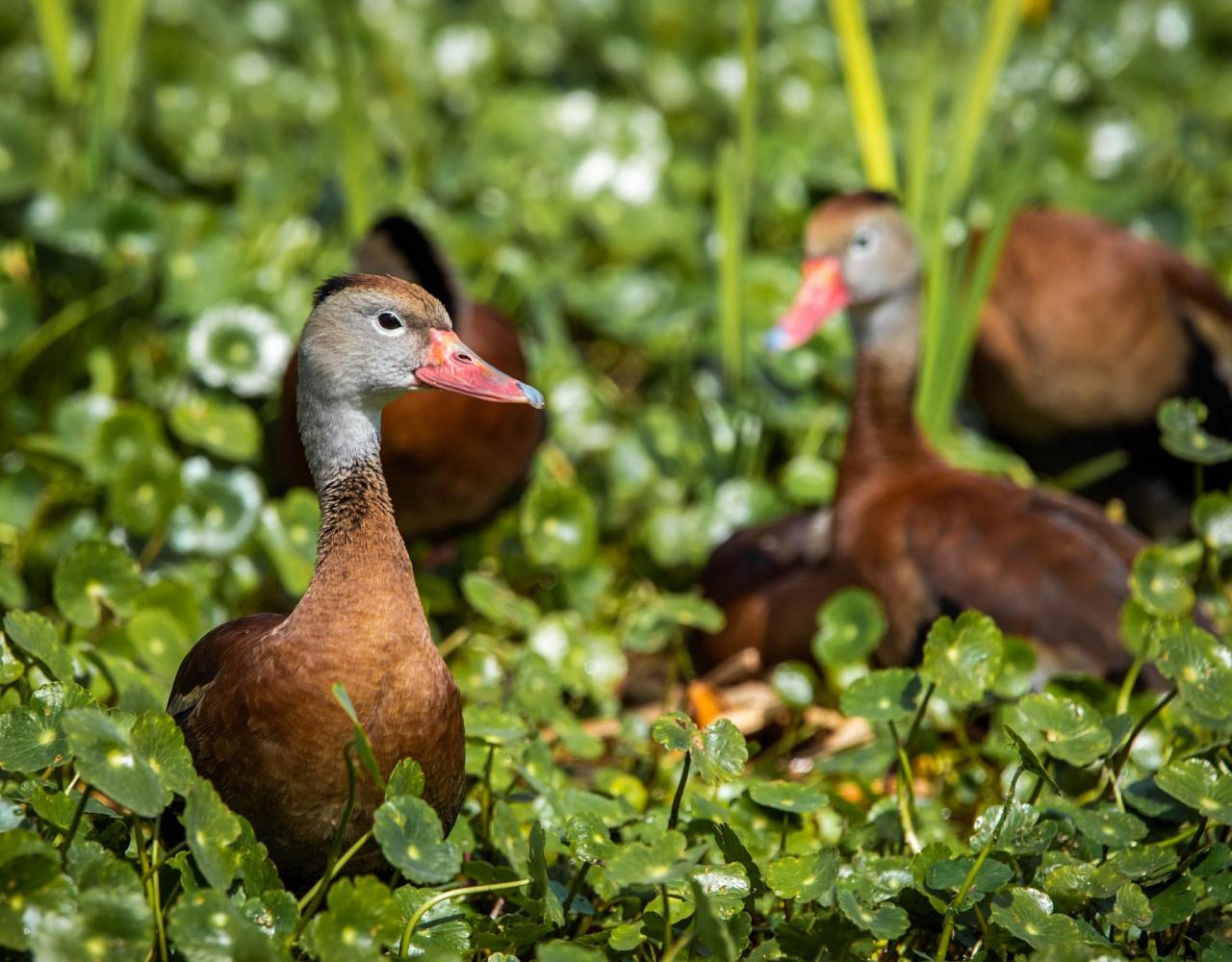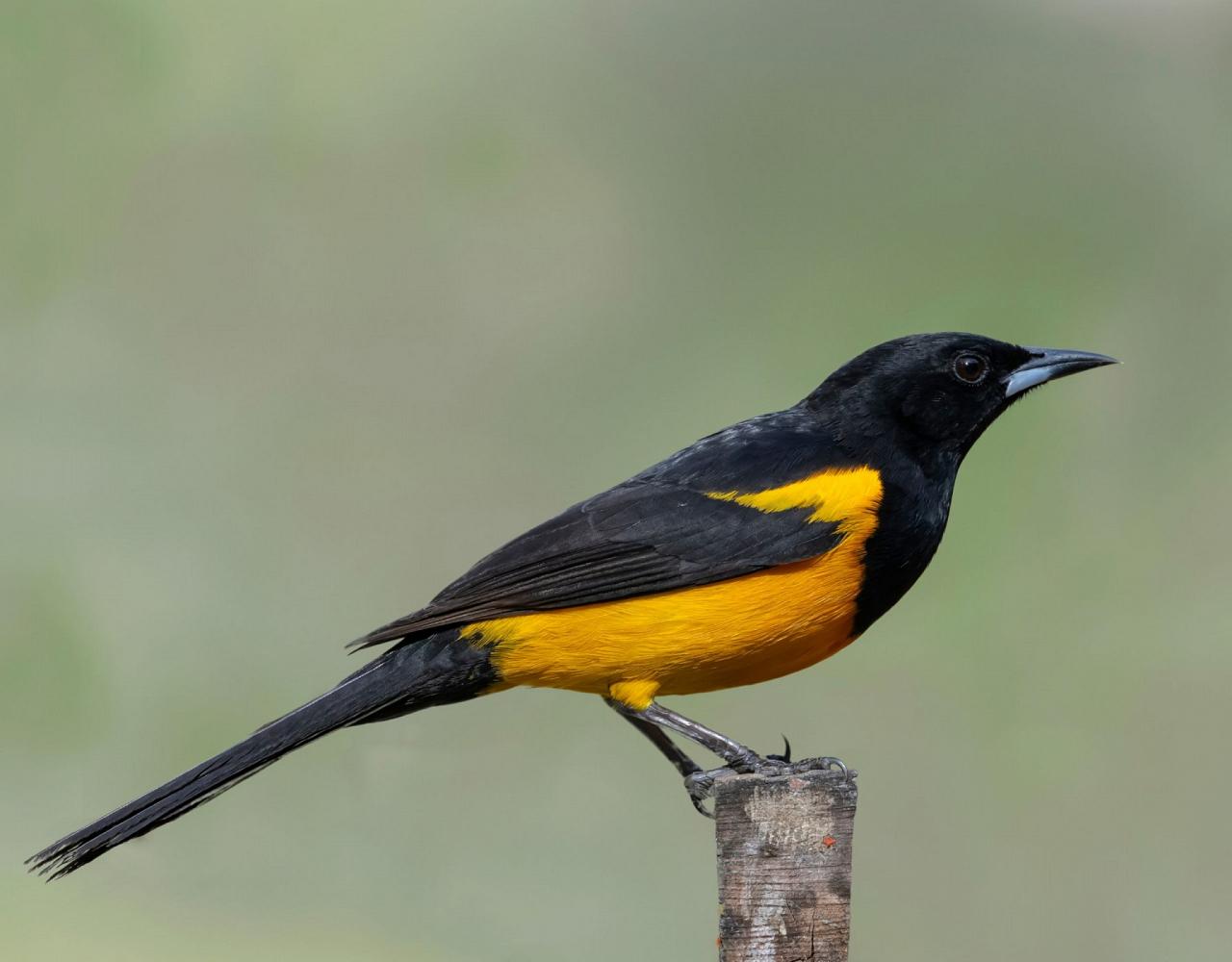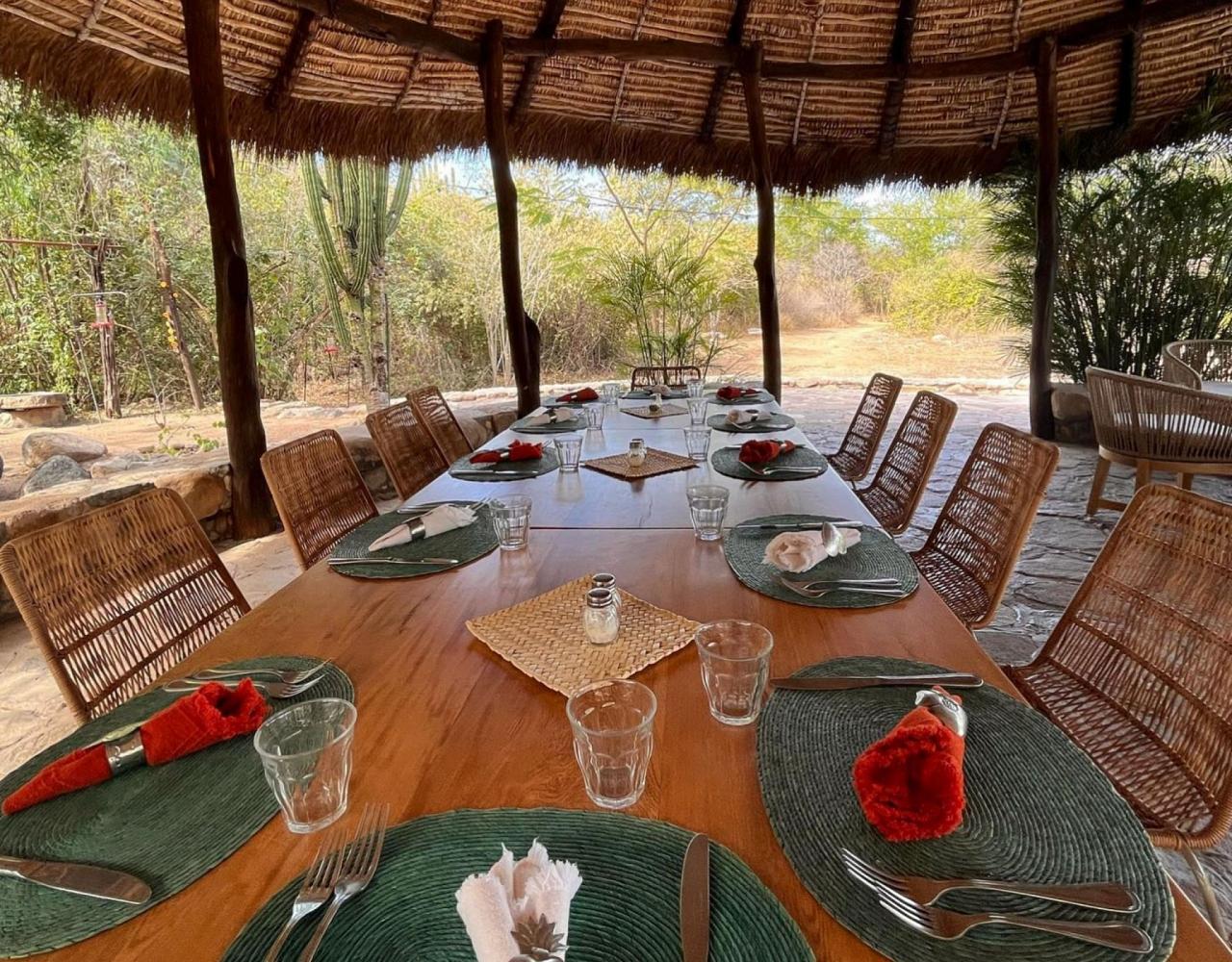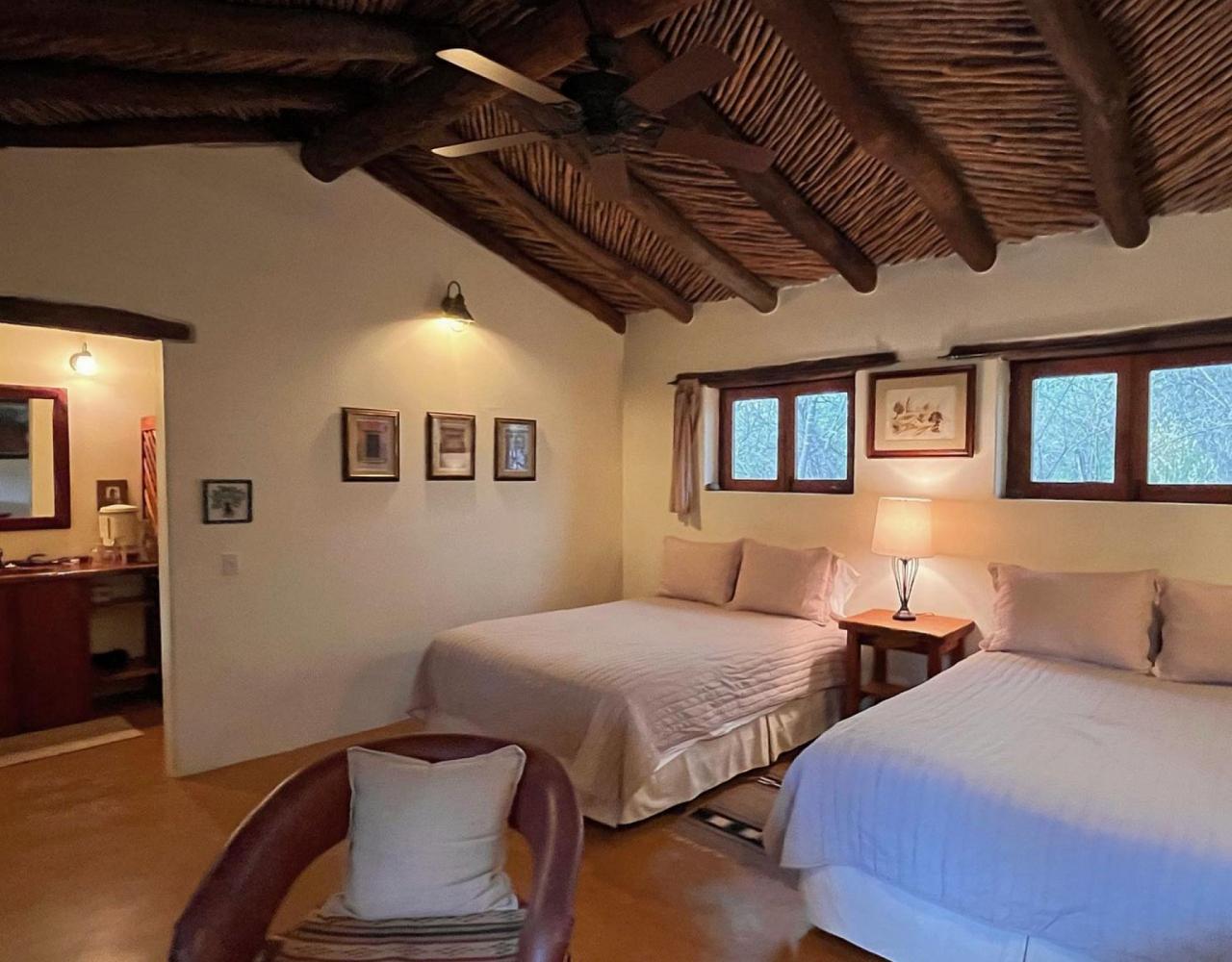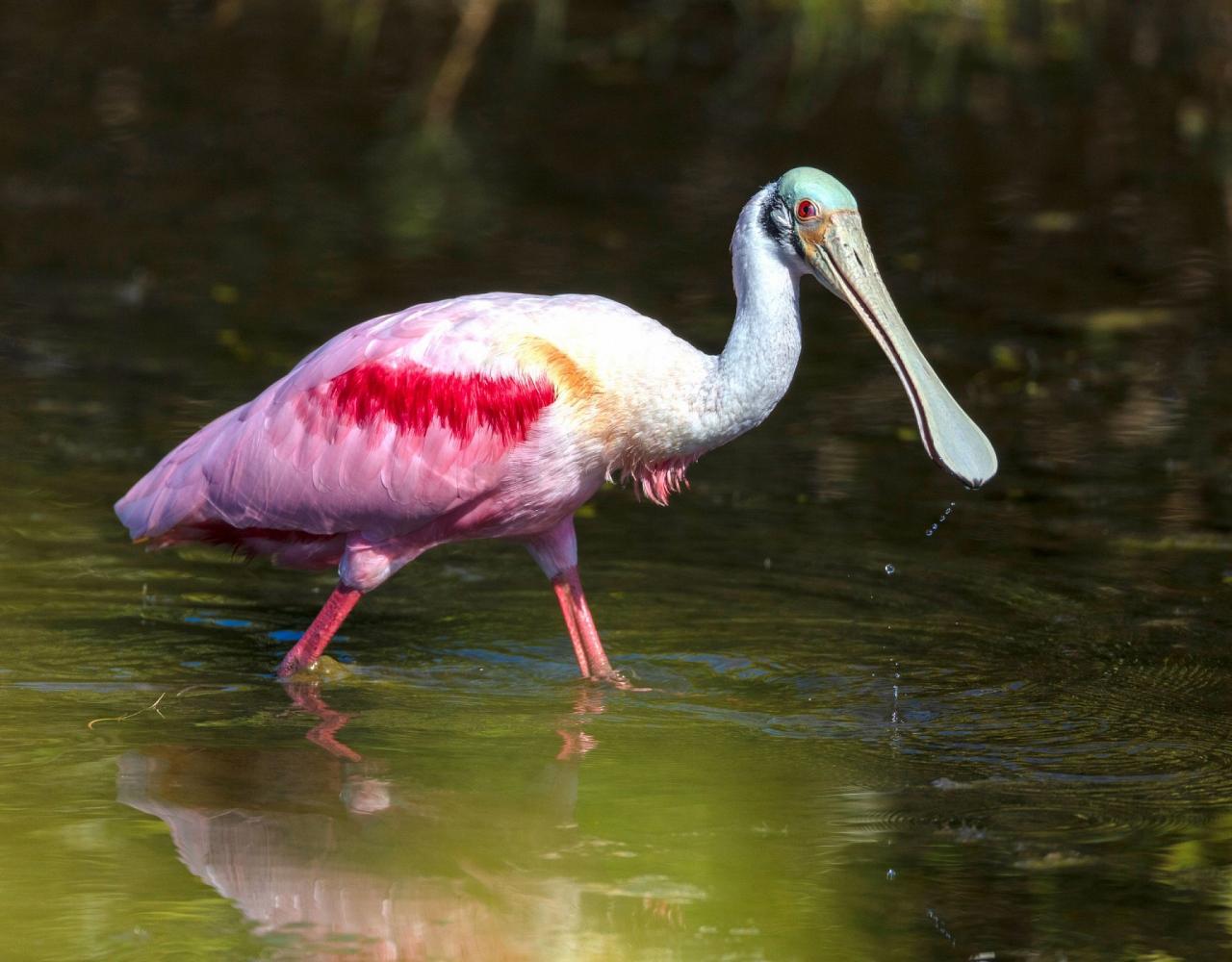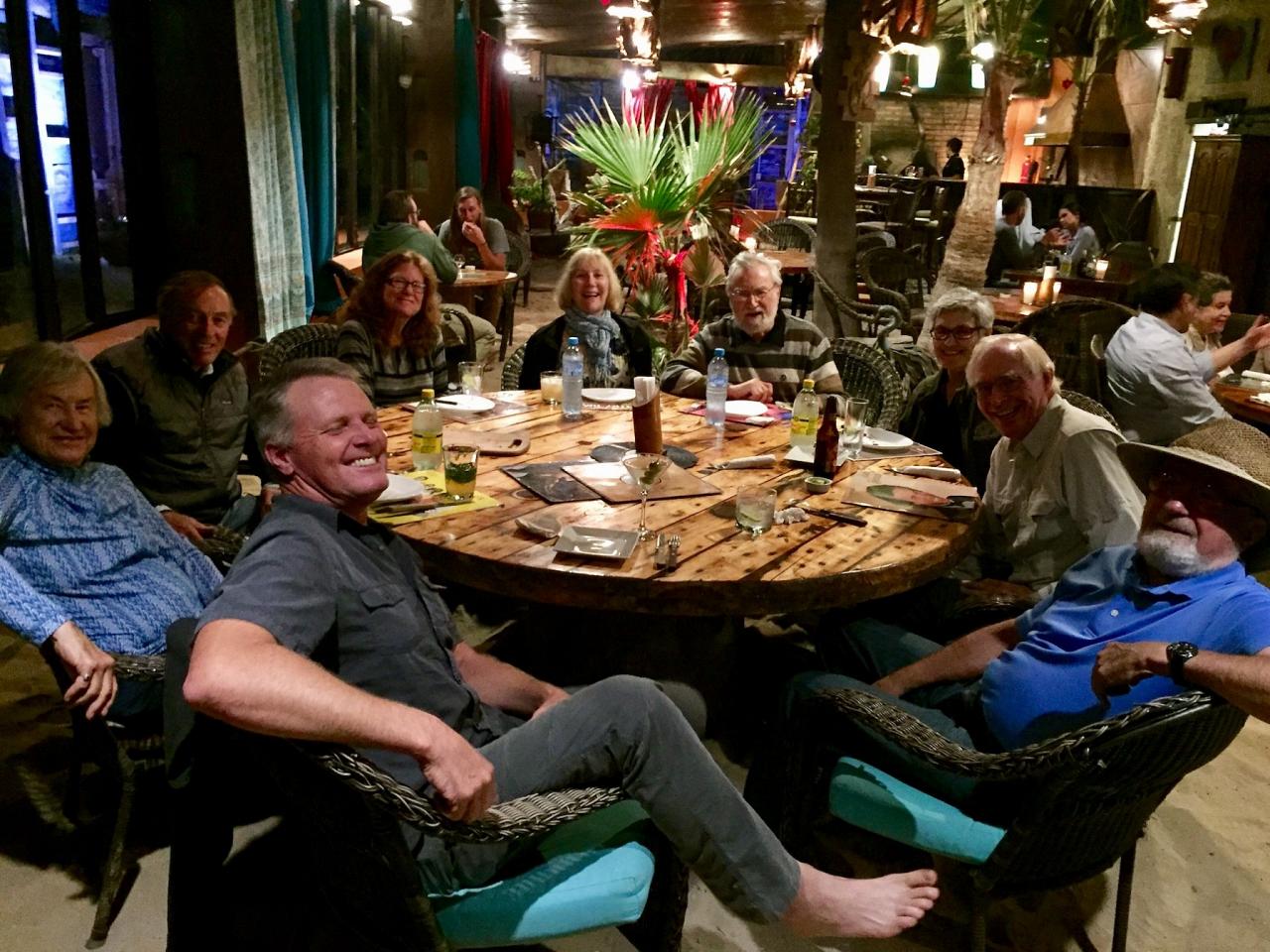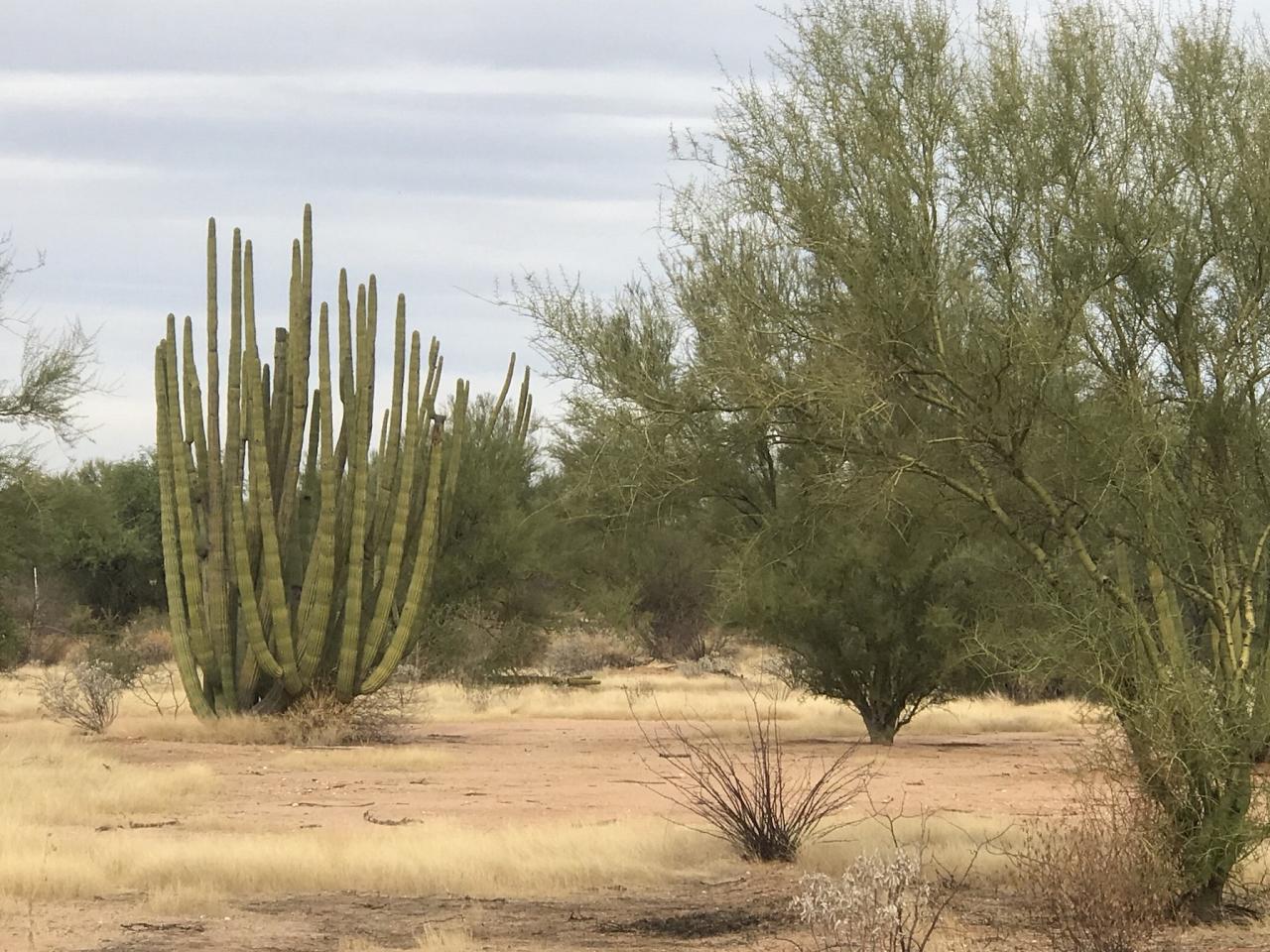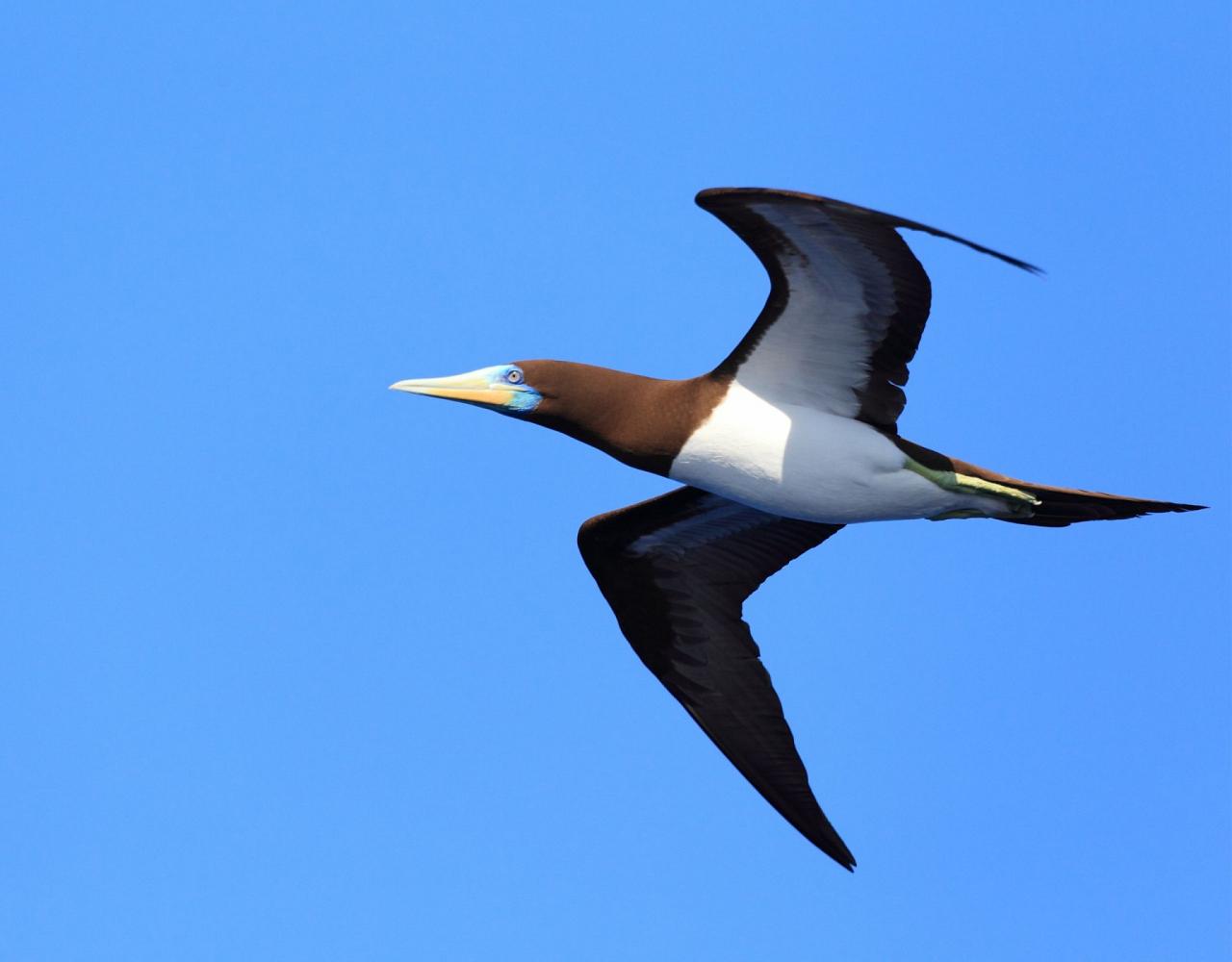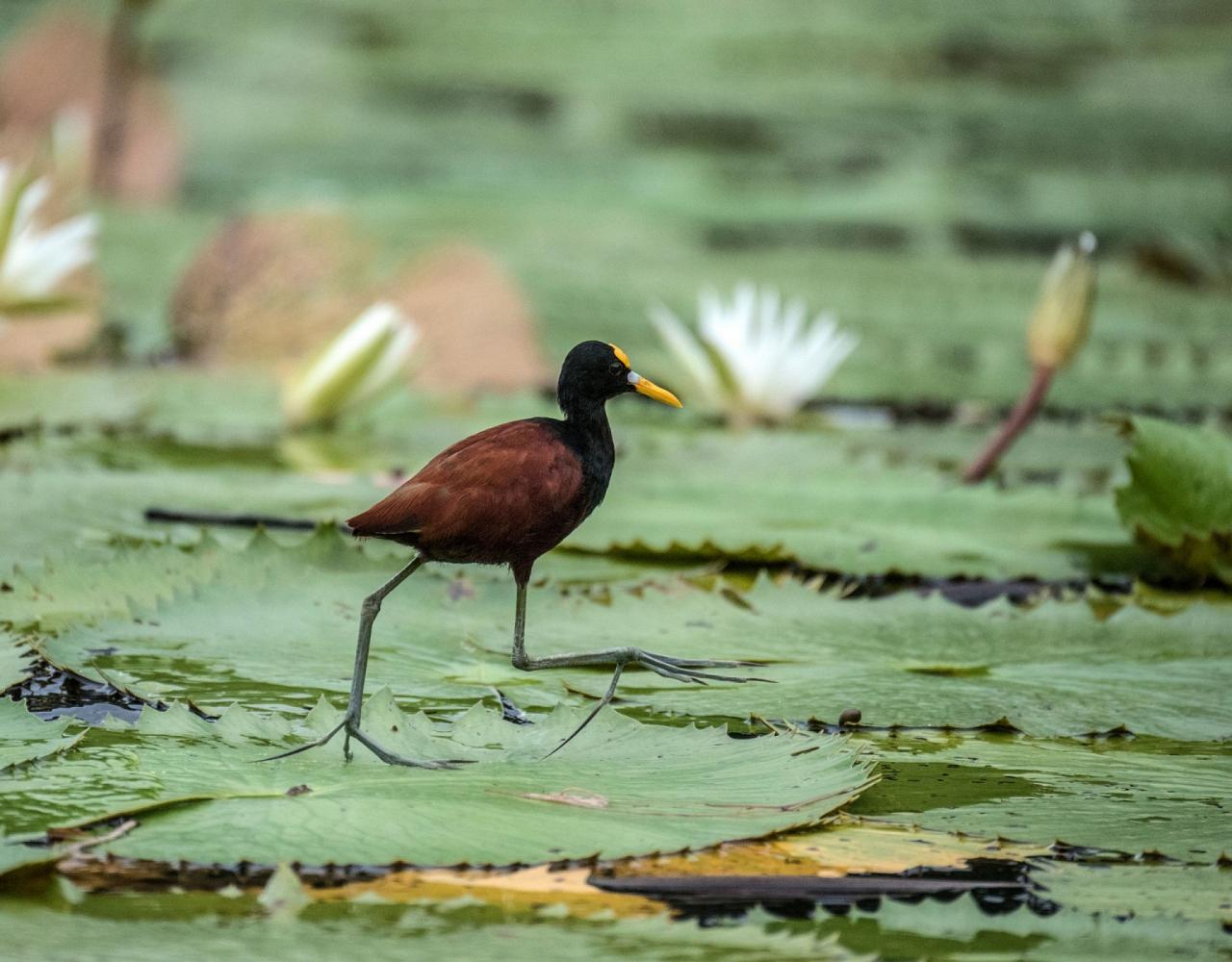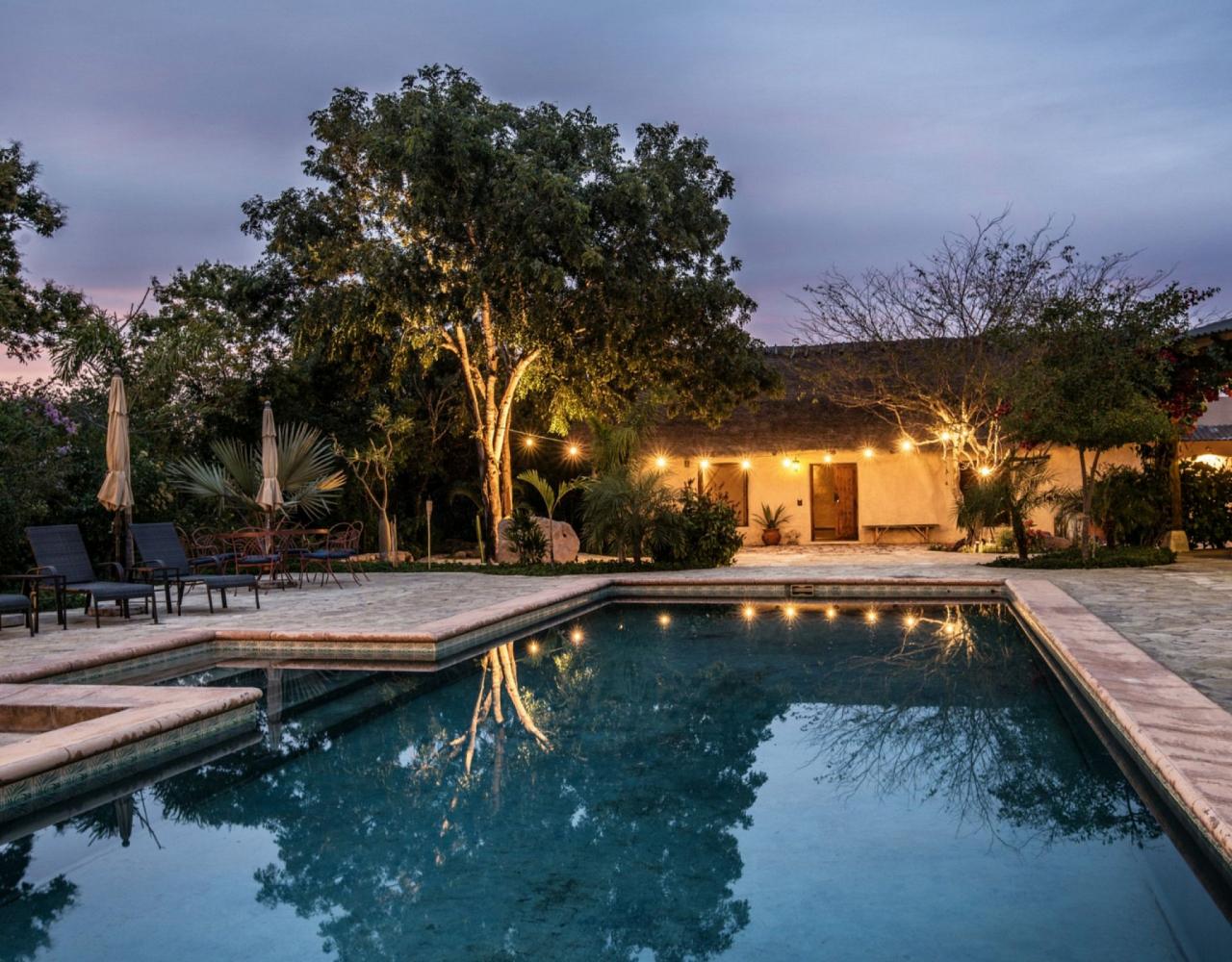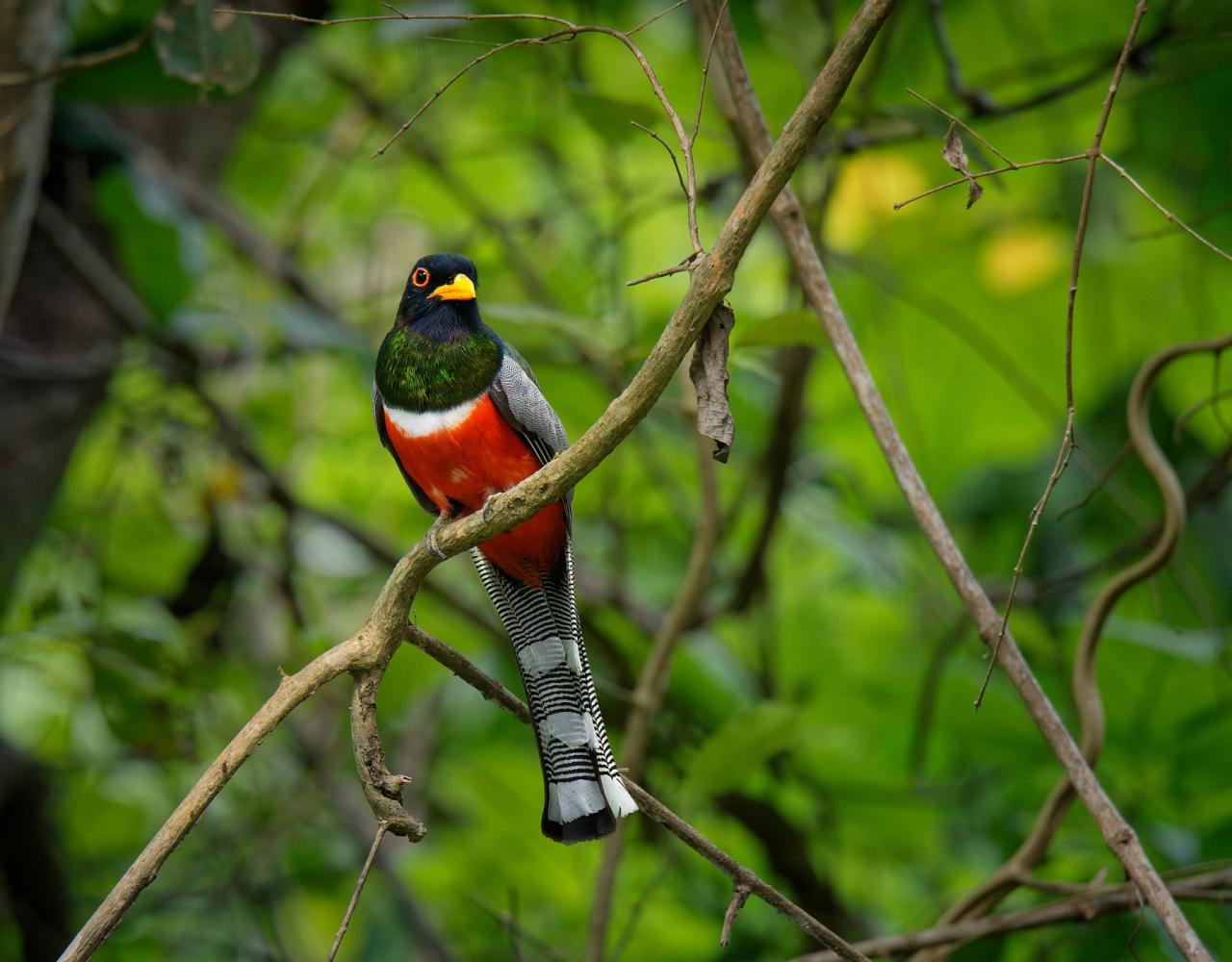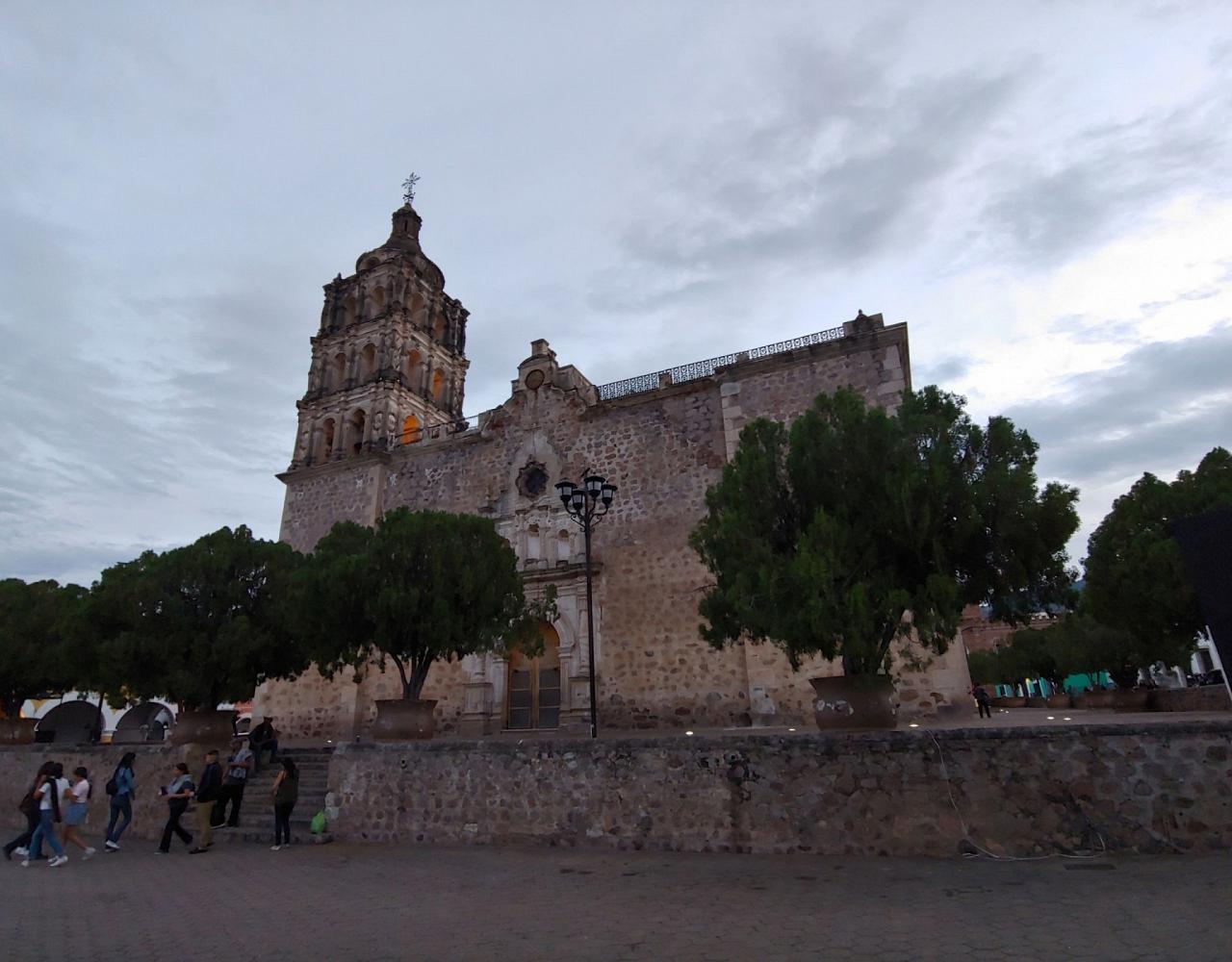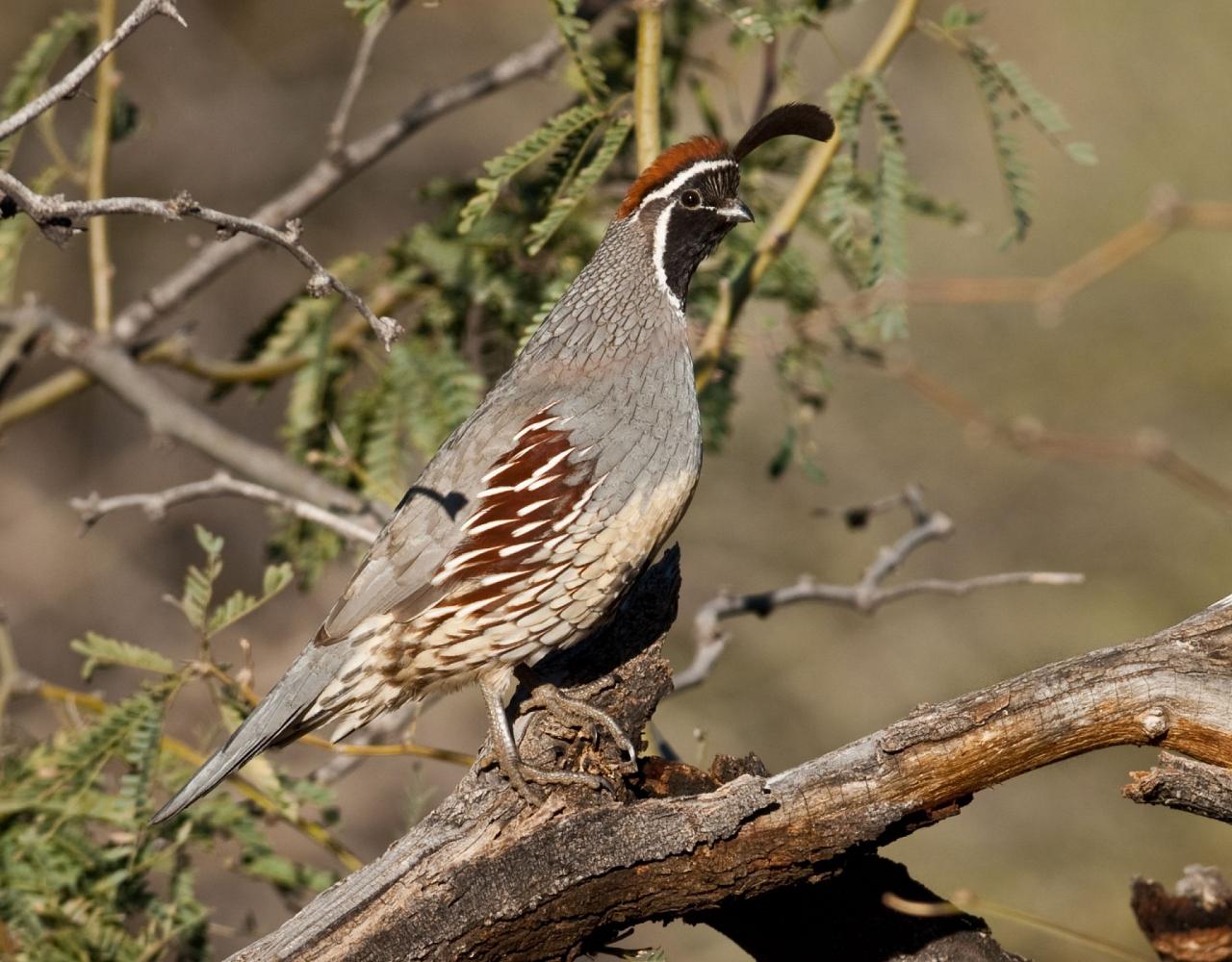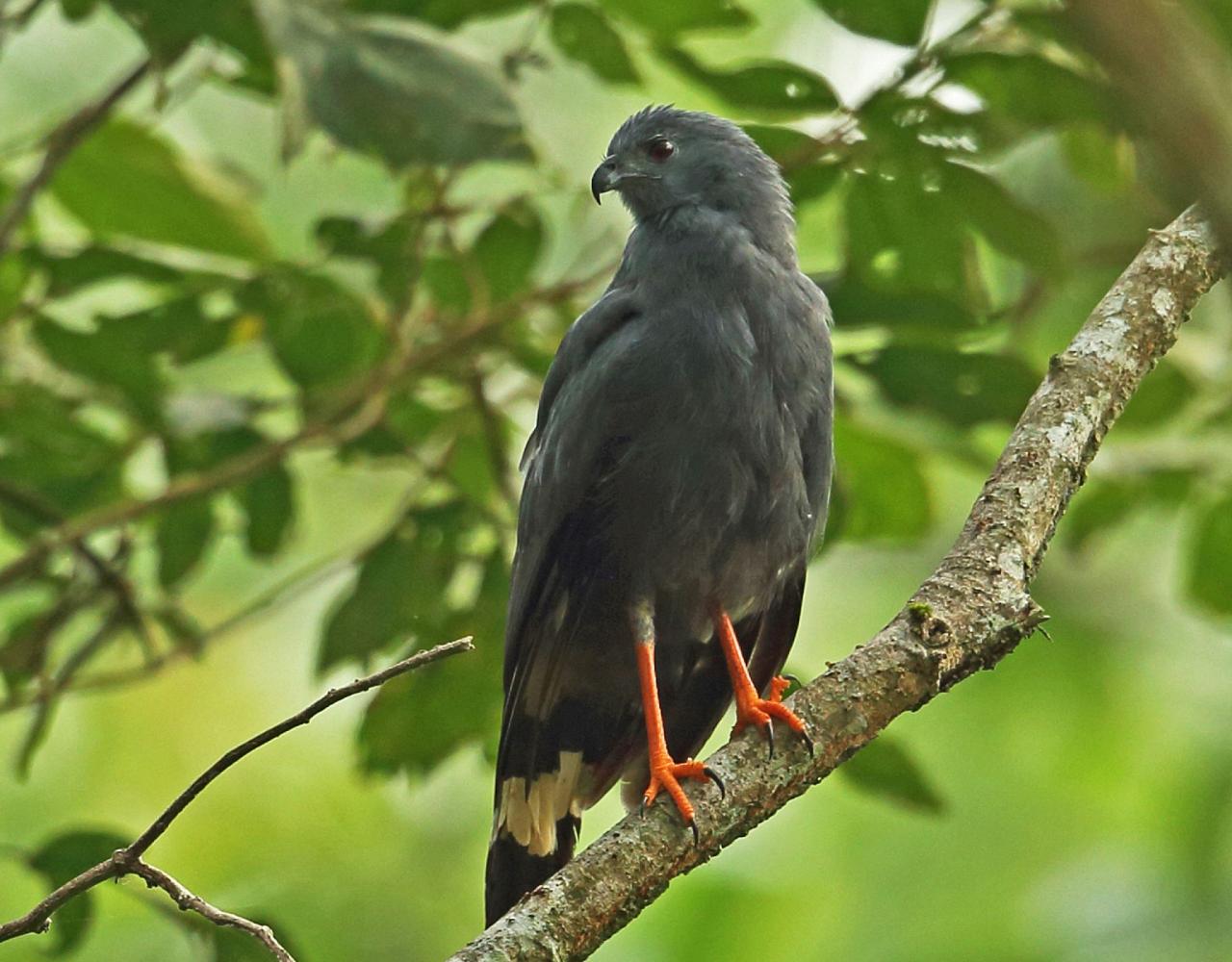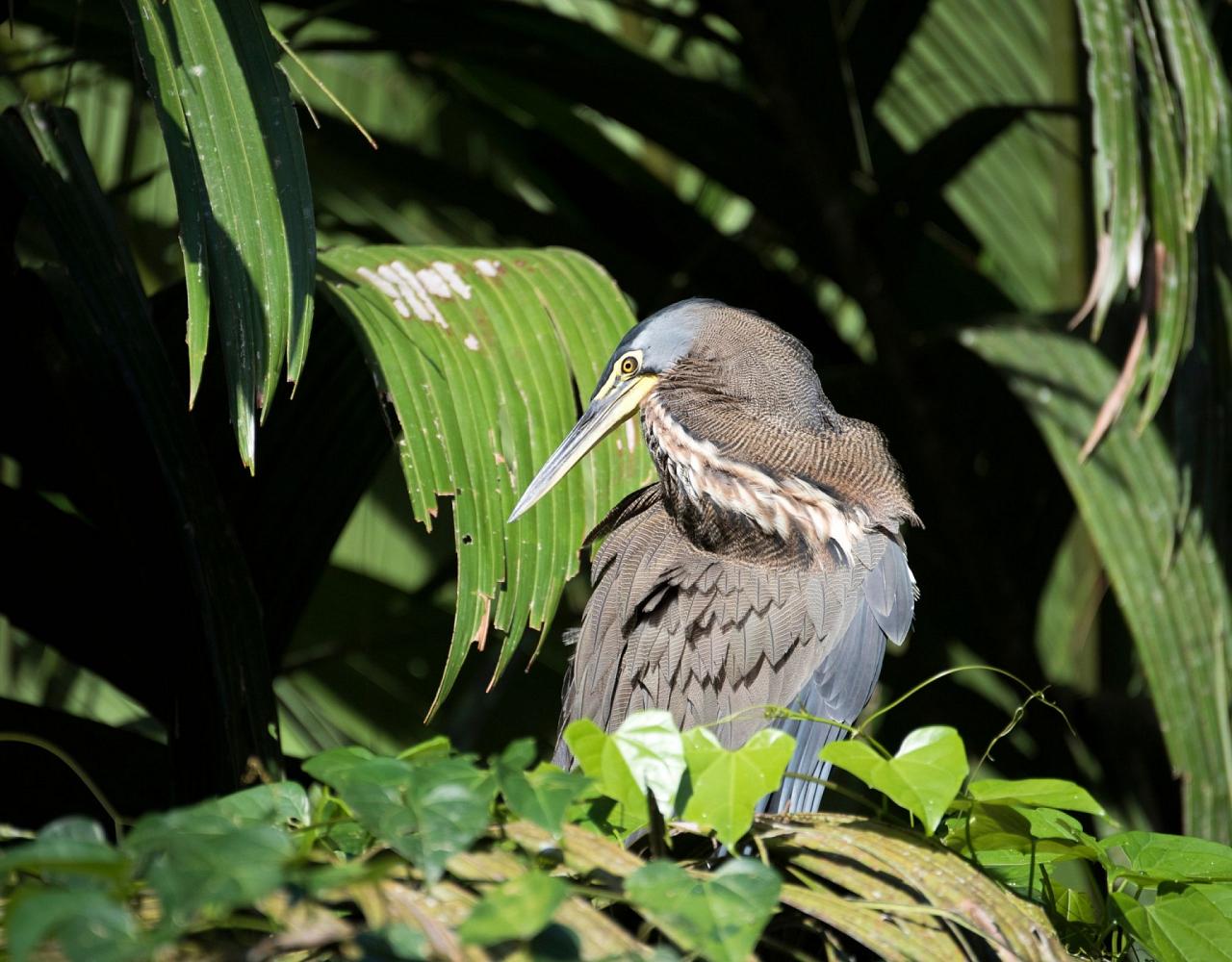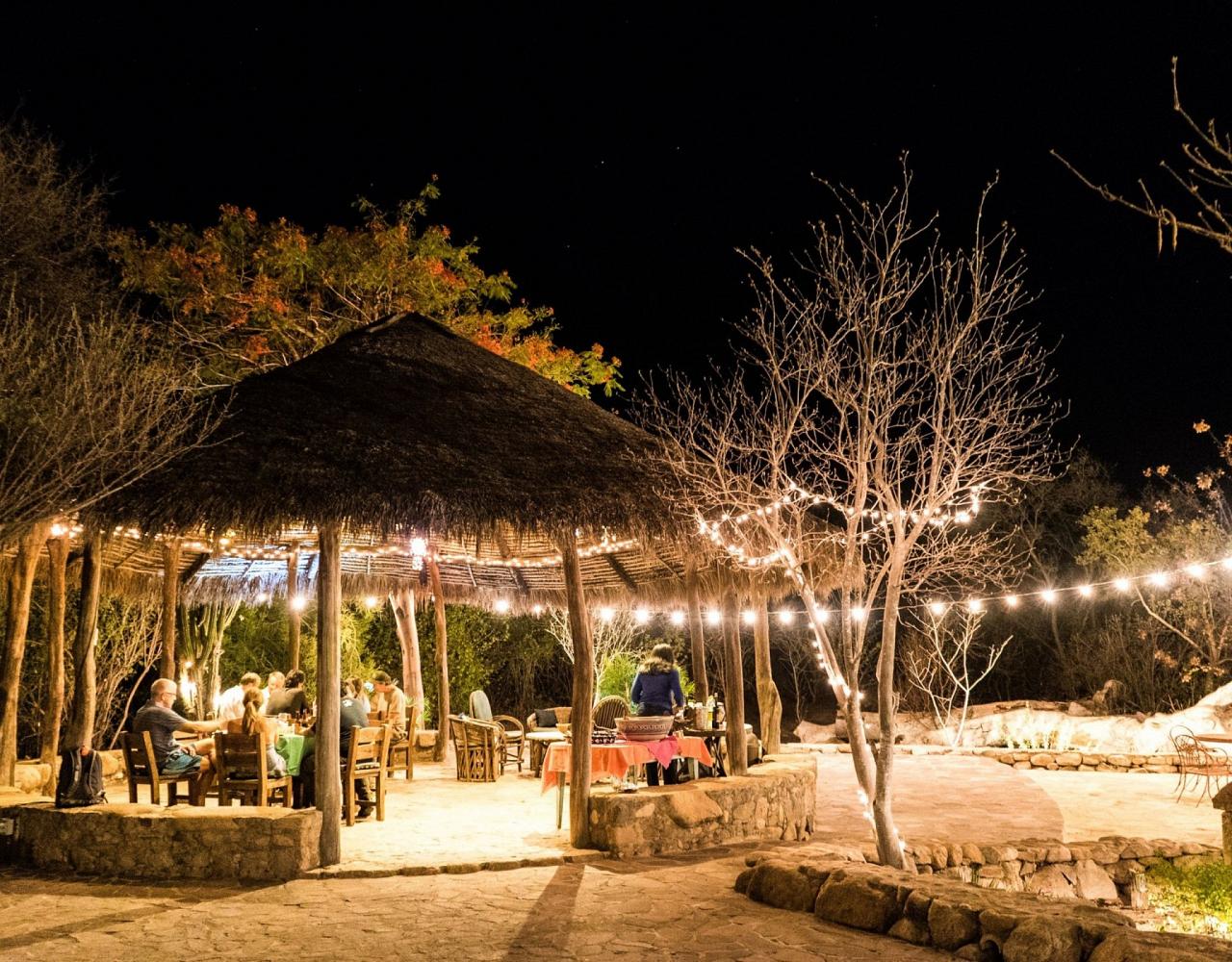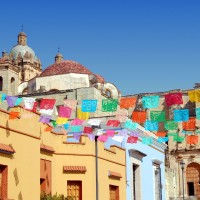- Overview
- Full Itinerary
- Photo Gallery
- Costing
- Travel Details
- Trip Reports
- Guide
- Know Before You Go
- Other Trips You May Like
Join us for a relaxing week of birding and exploring the incredible diversity of southern Sonora and the beautiful colonial city of Alamos. This trip is a great way to experience a truly interesting and exotic area at a nice, relaxed pace!
An easy day’s drive from Tucson, Arizona, puts you in a completely different world. We break up the first day of travel and birding by staying the night in Sonora’s capital city, Hermosillo. In the Alamos area, we enjoy five nights at the nature lodge, El Pedregal. Here, we encounter the mixing of habitats, formed by the transition zone between the southern limits of the Sonoran Desert and the furthest northern reaches of the tropics. We also spend a day at the Sea of Cortez, where we are rewarded with a spectacular show of wintering birds of the shore and sea. And there is time dedicated to learning about the Sinaloa thorn forest and the dry tropical deciduous forest, two of the most botanically rich and most highly endangered habitats in the world. This trip into northern Mexico is sure to impress you with amazing habitat diversity and cultural riches, all within a day’s drive of the U.S. border!
While the emphasis of this trip is bird watching, we take time to explore the rich human history of the area, too. We explore an old mining town, visit a couple of restored haciendas, get some insight into indigenous Mayo Indian culture and tour the historically significant and beautiful town of Alamos. The heart of Alamos has been elevated to National Historic Monument status and is also a “Pueblo Magico” of Mexico, because of its rich history and Spanish colonial architectural.
In the environs of Alamos we can see an amazing array of birds, and many of the northwest Mexican endemic birds are visible right from the comfort of our hotel! Some of the birds possible on this trip are Blue Mockingbird, Black-throated Magpie-Jay, Russet-crowned Motmot, Purplish-backed Jay, Elegant Quail, Lilac-crowned and White-fronted Parrots, Five-striped Sparrow, Mexican Parrotlet, Elegant Trogon, Crane Hawk, Common Black Hawk, Bare-throated Tiger Heron, White-fronted Parrot, Rose-throated Becard, Happy and Sinaloa Wren, Rufous-bellied Chachalaca, and many others. The species list for the area approaches 250 birds; we should encounter upwards of 200 on this trip.
Our accommodations are very comfortable. The first night is spent at a comfortable business hotel in Hermosillo. In Alamos, we stay at the unique and beautiful El Pedregal Nature Lodge. Luxurious adobe casitas and the inviting central lodge are set on 20 acres of intact tropical deciduous forest right at the edge of Alamos. El Pedregal is known for its fine hospitality and delicious food. It is a beautiful and relaxing place to spend our time here. On the last two nights of the trip we stay at a very nice seaside hotel in San Carlos where every room has a view of the Sea of Cortez.
This is a fantastic trip for the beginning birder; it offers the chance to really study a high number of northern migrant birds, as well as an interesting array of tropical birds at their northern limit. The experienced birder is sure to be happy with the high number of northwest Mexican endemics in the Alamos area.

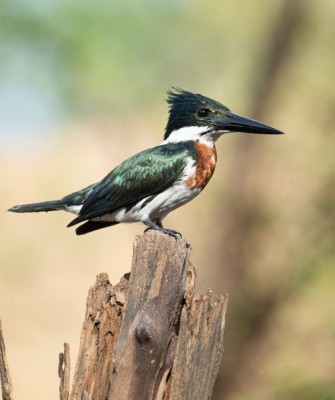

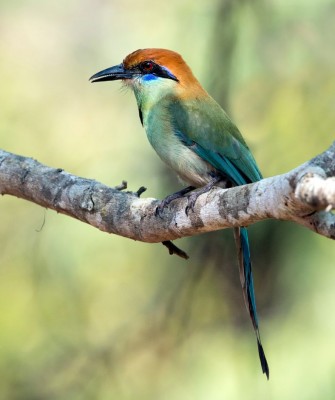
- "Alamos is charming and full of history. We were warmly welcomed by all." —Leslie Corey Jr., 2023 Alamos Guest
- "Lots of birds including most of the lifers I was hoping for. Interesting places with great scenery, food, and lodgings." — Dennis Bozzay, 2023 Alamos Traveler
Tour Highlights
- Explore Sinaloa thorn forest, dry tropical deciduous forest, tropical deciduous habitat, and Sea of Cortez riparian zones and shorelines
- See stunning Mexican specialties like the Black-throated Magpie-Jay, Purplish-backed Jay, Crane Hawk Rose-throated Becard, and Plain-capped Star-throat
- Tour the stunningly beautiful historic town of Alamos, a Mexican “Pueblo Magico”
- Experience winter flocks of shorebirds by the thousands on the edge of the Sea of Cortez
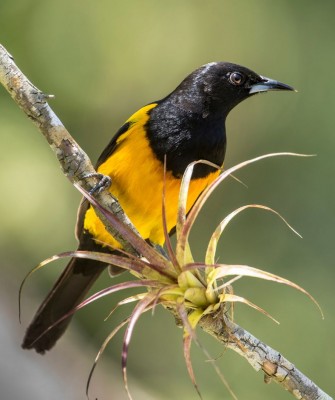

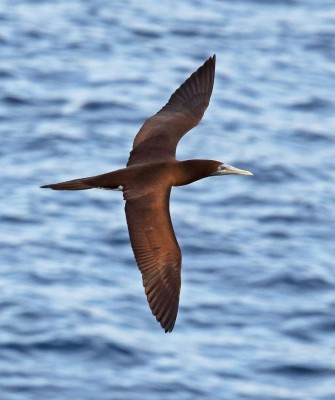
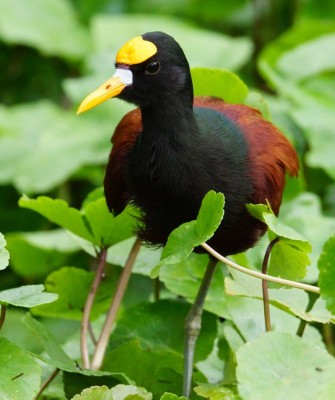
Trip Itinerary
Itineraries are guidelines; variations in itinerary may occur to account for weather, road conditions, closures, etc. and to maximize your experience.
Sat., Dec. 7 Arrival in Tucson, Arizona
Welcome to Arizona! Arrive today in Tucson, a vibrant city surrounded by mountain ranges that rise dramatically from the Sonoran Desert floor. Please arrive by 5:00 PM to enjoy an informal welcome dinner close to our hotel for convenience. Meet fellow travelers, and get ready for a great week ahead!
Please note: Some of you may want to arrive early to explore multi-cultural Tucson with its great museums and restaurants and a chance to visit the Sonoran Desert Museum at your leisure. If so, we can make recommendations.
Accommodations at Sheraton 4 Points at the Tucson Airport (D)
Sun., Dec. 8 Santa Ana | Hermosillo
Plan on an early breakfast at the hotel — our local guides pick us up at 7:00 AM. We have snacks and water in the van throughout the day for your comfort and convenience.
Our first stop is in Nogales, Arizona/Sonora, the border crossing point a short hour from Tucson. Here we take care of customs and immigration paperwork. Welcome to our wonderful neighbor, Mexico!
We start birding soon after our stop, hitting some extensive riparian areas and various desert locations along the way. We have lunch at a popular spot in Santa Ana before making our way towards Hermosillo, the capital and largest city of Sonora. We stop in a couple of other spots in the Sonoran Desert before getting to the hotel to relax a bit before dinner. Cactus Wren, Greater Roadrunner, Black-throated Sparrow, and other birds of the Sonoran Desert are readily on hand. Two rivers, the Sonora and the San Miguel, provide green areas in this bustling desert city.
Accommodations in Hermosillo (B,L,D)
Mon., Dec. 9 Alamos
After birding locally and breakfast, we make our way to the colonial city of Alamos, making a few birding spots along the way, but mostly this is a travel morning. As we get closer to our destination, tall cacti and Palo Verde and Ironwood trees give way to trees of the Tropical Dry Forest.
Colonial Alamos is rich in history, noted as the base for the start of the large Coronado expedition in 1540 and established as a village in 1685. Wealth from Mexico’s silver production influenced the architecture and city. Notable buildings include private mansions, an elaborate city hall, the church of La Purisma Concepcion and La Capilla. Cobblestone streets and the Plaza de Armas are part of the charm.
We arrive at El Pedregal, our nature lodge on a 20-acre oasis in the city, for lunch in the palapa! After a short afternoon break and settling into our casitas, we do some birding close to town and enjoy a delicious dinner back at El Pedregal. Being based from one location for our time in Alamos is one of the great features of this tour, allowing you to settle in and feel at home.
Accommodations at El Pedregal (B,L,D)
Tues., Dec. 10 Aduana Arroyo | La Aduana | Walking & Driving Tour of Alamos
Today, we take a short 15-minute drive out to the Aduana Arroyo for birding in cut over tropical deciduous habitat and agricultural fields. We have a good chance of seeing some of the region’s signature birds like Black- throated Magpie-Jay, Purplish-backed Jay, and both Happy and Sinaloa Wrens. A favorite species that brings to mind the tropics is the Squirrel Cuckoo.
We continue with a quick tour of the site of the former mining town of La Aduana, where we’ll visit the historic church (1585) and woman’s artisans cooperative.
Enjoy lunch and a siesta back at El Pedregal, where you can take a break or relax at the feeders in the shade. Our afternoon activity includes a driving and walking tour of Alamos, followed by a great Mexican buffet dinner at the Mirador Restaurant.
Accommodations at El Pedregal (B,L,D)
Wed., Dec. 11 Mentidero Arroyo | Cuchujaqui River
This morning we explore the Mentidero Arroyo, a 30-minute drive from Alamos. The Mentidero is a tributary of the beautiful Cuchujaqui River, a tropical river drainage within a federal Natural Protected Area. Our Mentidero day often yields good looks at a number of the area specialties, including many species very difficult to see in the states, but are more abundant here. Five-striped Sparrow, Bare-throated Tiger Heron, Elegant Quail, Green Kingfisher, Common Black Hawk, Crane Hawk, and Plain-capped Star-throat are possible species.
We spend the entire morning walking in both the Mentidero arroyo and along the Cuchujaqui River, enjoying the birds as well as the plants and other wildlife. This outing requires a fair bit of walking at a slow pace over what at times can be sandy and/or rocky terrain.
As usual, lunch is back at El Pedregal, followed by some relaxing siesta time. This afternoon, we bird around the lodge, then enjoy a dinner at another of our favorite restaurants in town.
Accommodations at El Pedregal (B,L,D)
Thurs., Dec. 12 Alamos
What would a birding trip be without visiting a sewage pond! This morning we make our way to some effluent ponds on the southeast edge of Alamos, 30 minutes away, where in the green oasis, we look for Black-vented Oriole, Russet-crowned Motmot, Elegant Trogon, White-fronted Parrot, Rose-throated Becard, and Rufous-bellied Chachalaca. The perennial water found in this area makes for a fantastic array of bird life and should offer dozens of species.
Today we sample lunch at a favorite restaurant and then return for a siesta at the lodge.
In the afternoon, we have some time to visit town, for those who like to shop and wander around. Alamos is considered to be the colonial gem of the Sierra Madres, and is given the distinction of a “Pueblo Magico” by the Mexican government in recognition of the historic charm that is such a strong part of visiting Alamos. There is an excellent museum in town, too. Pro-Natura, the major Mexican conservation organization, has offices in the city and we hope to hear from them during our visit about some of their programs and successes in creating biological corridors in the region.
And for those who prefer birding, we also offer an outing. This evening, we enjoy a delicious and bountiful Sonoran feast at El Pedregal!
Accommodations at El Pedregal (B,L,D)
Fri., Dec. 13 & Sat., Dec. 14 Rio Mayo | Sea of Cortez | San Carlos Birding
All too soon we say goodbye to Alamos and head west. If you are heading back to winter, enjoy the typical dry season temperatures here of 70s to 80s during the day, with night time temperatures in the 50s.
We first stop to bird the Rio Mayo in Navojoa. This area is home to huge numbers of tropical residents, as well as migrant birds. We should find Bare-throated Tiger Heron, Black-bellied Whistling Duck, Least Grebe, and the recent colonizer, Northern Jacana.
After a couple of other good stops, we arrive at the Sea of Cortez where the sheer number of birds is amazing. We bird at the water’s edge looking for Gull-billed Tern, Mangrove Swallow, Roseate Spoonbill, Mangrove Warbler, and much more. We also experience dozens of species of shorebirds with numbers in the tens of thousands. A picnic lunch at the estero allows us to stay out and make the most of the day.
Afterwards we make our way north to San Carlos, where we spend the night at the edge of the Sea of Cortez. It is not unusual to see over 125 species of birds on this day’s route!
On Tuesday, we enjoy a full day to bird around San Carlos, enjoy the beach, and take a break from the driving. Relax!
Accommodations at Hotel Sea of Cortez Beach Club (B,L,D)
Sun., Dec. 15 Estero El Soldado | Santa Ana | Return to Tucson
This morning, we enjoy a seaside breakfast in San Carlos. On our way north we may make one more stop to add a few more desert birds to our list, such as Gray Vireo, Black-throated Sparrow, Bendire’s Thrasher, and Gambell’s Quail.
We stop along the way for lunch in Santa Ana, and get back to Tucson around 5:00 PM, border wait time permitting. We celebrate a successful trip with a farewell dinner at a favorite downtown restaurant!
Accommodations at the Hilton Garden Inn (B,L,D)
Mon., Dec. 16 Departures from Tucson
Plan to depart at your convenience anytime today. Breakfast is included with your hotel. And if you would like to stay on to enjoy more sightseeing and birding in the Tucson area we can make recommendations.
Cost of the Journey
Cost of the tour is per person, based on occupancy: $4590 DBL / $5340 SGL, from Tucson, Arizona. The cost includes nine nights’ accommodations, all meals as noted in the itinerary, purified water, ground transportation in vans, professional guide services, park and other entrance fees, and miscellaneous program expenses. The cost does not include is round-trip airfare to and from Tucson, personal expenses such as laundry, telephone, drinks from the bar, and gratuities for luggage handling or other services. Guide gratuities are at your discretion.
Travel Details
Please plan to make air travel plans only after the minimum group size has been met. We will send you a confirmation email as soon as the trip has been confirmed.
Arrival and Departure Airport: Tucson International (TUS), Tucson, Arizona. If you are driving, please plan to park at the long-term lot of the airport.
Arrival Information: You can arrive at your leisure December 7, 2024. Please try to arrive by 5:00 PM for the welcome dinner at 6:30 PM. Note, we do have an early start the following day (7:00 AM, having loaded our luggage).
Departure Information: You may depart at your leisure December 16. We arrive back to Tucson the night before. Plan on being at the airport at least two hours ahead of your flight. Our hotel has a handy airport shuttle.
Travel Tip: Tucson, Arizona is a fascinating city to explore with a rich history and a downtown area that is a magnet for dining and fun. It also has a number of excellent museums including the Arizona Sonoran Desert Museum. There are several boutique hotels downtown, including the Downtown Hotel Clifton and other,s though you will need to taxi or Uber to get there. Near the airport we recommend the Courtyard by Marriot and the La Quinta though almost all chains have a hotel within 5 miles of the airport so you can choose as you like. Our guides will be able to pick up only at the airport or at hotels within 5 miles of the airport, but you can return on the tour start date to meet them.
Entry Requirements: See "Essential Information" section under the "Know Before You Go” tab.
Items of Note
PACE: Moderate, with full days of birding and walks on quiet roads and trails. A typical walk is less than two miles and often we have a series of walks at different spots that are a half-mile each, several times a day. DINING: Casual, a mix of local restaurants and both restaurant and picnic lunches.
Browse below for trip reports and species lists from past versions of this and other tours from this destination.
Mexico
Alamos
- November 2017
- December 2023
Butterflies & Birds
- February 2020
- February 2022
- February 2023
- February 2024
Oaxaca
- October 2021
- August 2022
- October 2022
- August 2023
- January 2024
- July 2024
- October 2024
- December 2024
- February 2025
Sea of Cortés
- March 2017
- February 2019
- March 2022
- March 2023
Veracruz
- September 2019
- September 2021
- October 2022
-
David MacKay - Mexico Expert

Why travel with David MacKay? Known for his deep knowledge and experience with Mexican birds, David is also known for his infectious smile. He takes great joy in field time; working it hard and finding results. He enjoys life and travel as well, always planning a good day’s end meal to bask and review the day’s sighting highlights. He’s had over two decades of guiding trips and his organization shows that. You can count on David to be ready to go and steer his group to see numerous birds and have a good time.
Other trips with David MacKay - Mexico Expert
-
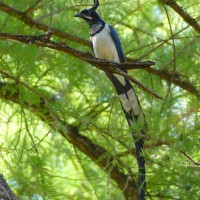 Alamos, Mexico Secrets of the SonoranDecember 3 - 12, 2025
Alamos, Mexico Secrets of the SonoranDecember 3 - 12, 2025
-
Essential Information +
Pace & Protocols +
Packing List +
Suggested Reading List +
Useful Links +
Photo credits coming soon.






